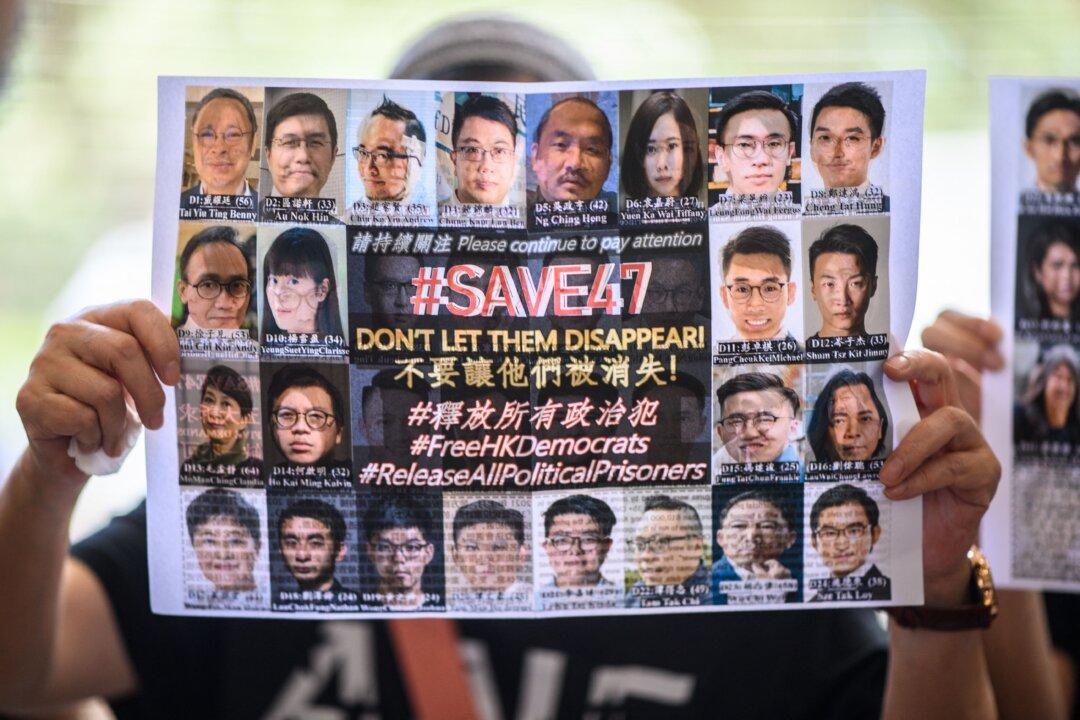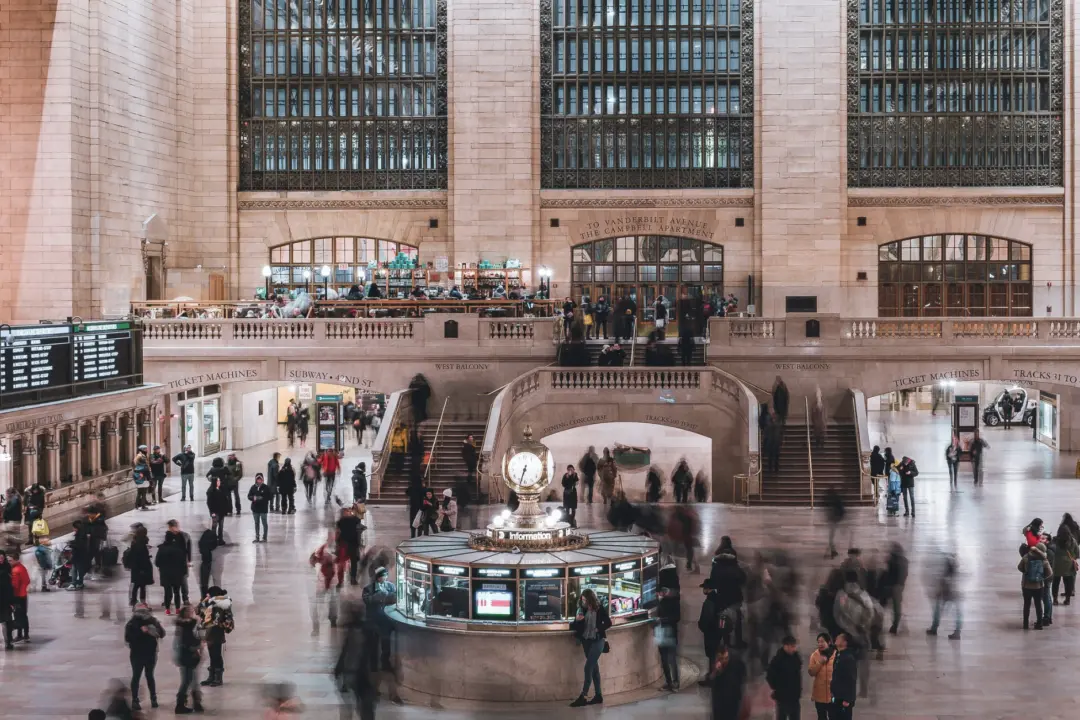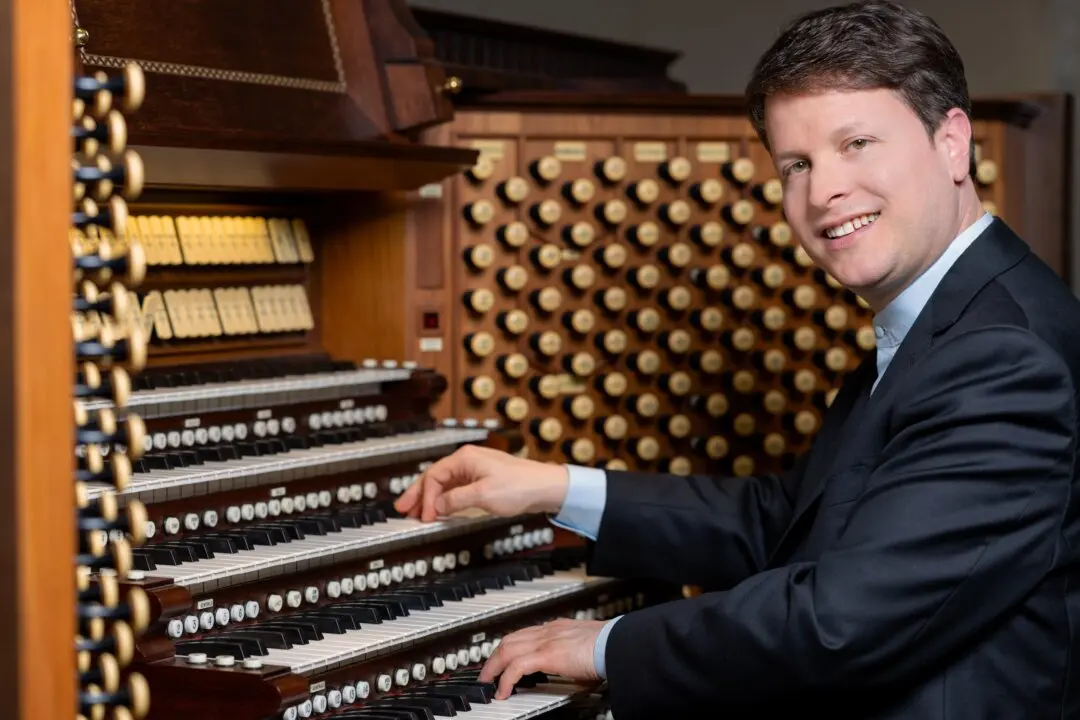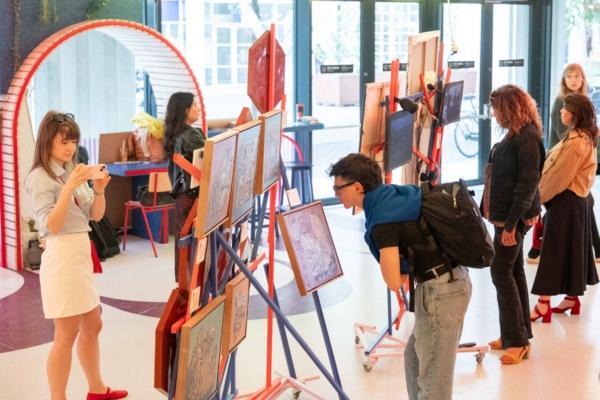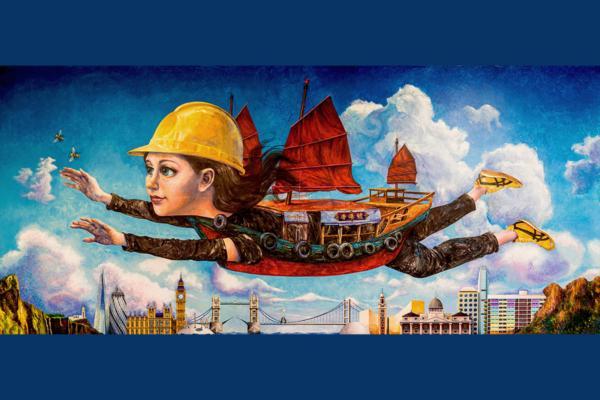After resigning from her position as Wan Chai District Councillor in Hong Kong, art curator Clara Chueng and her family moved to the UK last July. They also moved C&G Artpartment, the art space she co-founded with her husband Gum to the UK. After six months, they curated their first art exhibition in the UK “The 24901-Mile-Wide Red Line.”
Explaining the number 24,901 in the exhibition title, Ms. Cheung said: “24,901 miles is the equatorial circumference of the earth, and the ‘red line’ is the censorship line extended by the Chinese Communist Party (CCP) to the world. In addition to exhibiting works that are no longer possible to show in Hong Kong, artists from Myanmar and Thailand are also invited to participate. I want to continue to explore whether the power of the ‘Milk Tea Alliance’ can be extended.”
